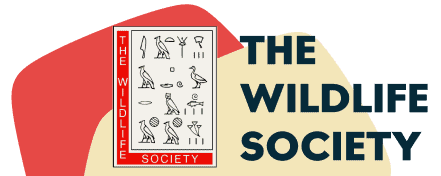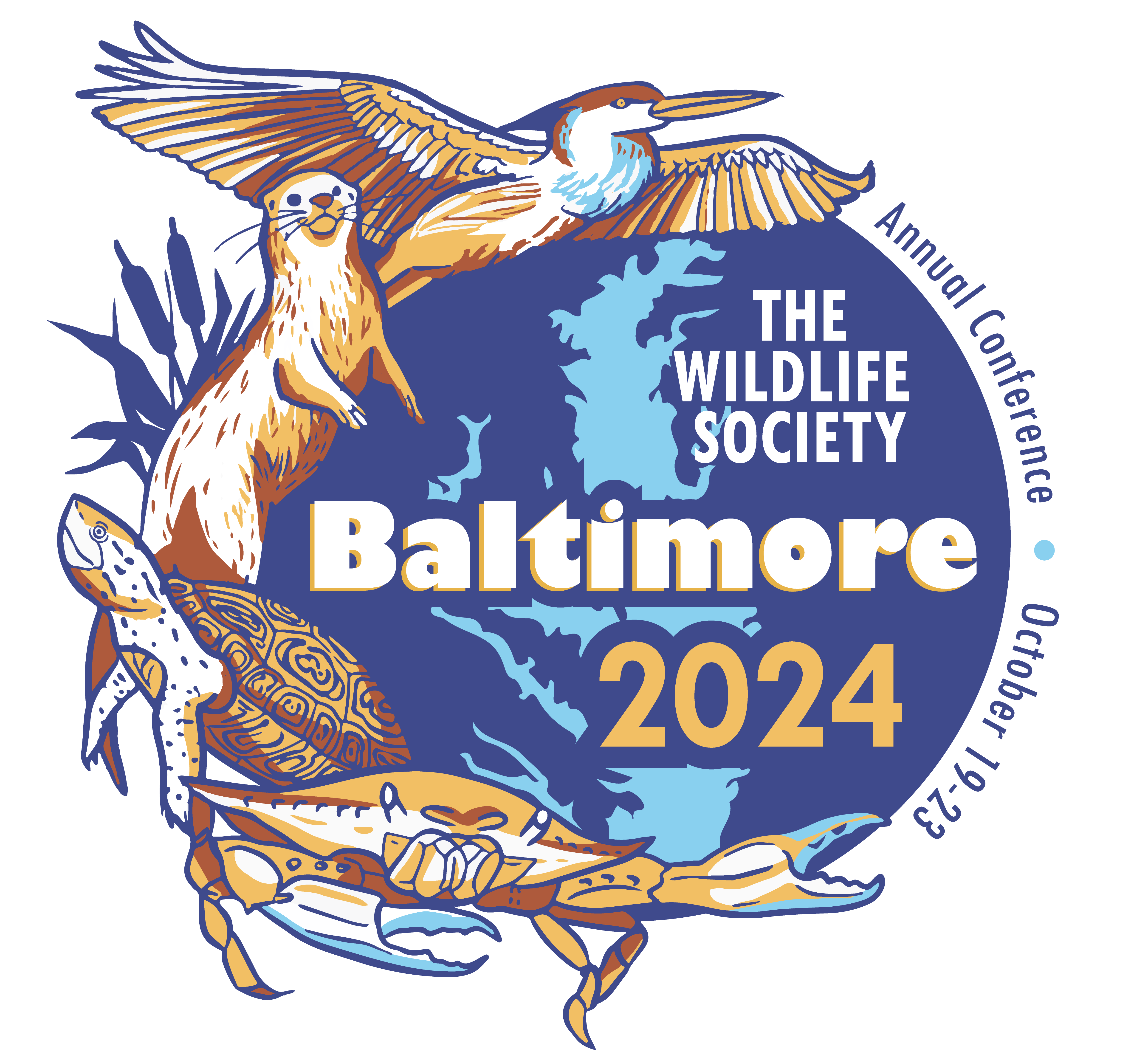- News
-
-
-
-
-
Latest News Articles
- 2024 TWS Elections: Southwest Representative April 25, 2024
- Can these butterflies fill the gap left by their extinct relative? April 25, 2024
- Q&A: TEK and the wildlife profession April 24, 2024
-
-
-
- Wildlife Professional Resources
-
- Our Network
-
- PUBLICATIONS
-
-
Recent Posts
-
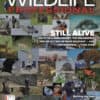 The Wildlife Professional November/December Issue
November 1, 2023
The Wildlife Professional November/December Issue
November 1, 2023
-
-
-
-
-
-
- Wildlife Events
-
-
-
Upcoming Webinars
- No Events
-
-
-
- Who We Are
-
Tag: Pacific Northwest
January 3, 2023
What gardens do bees prefer in the Pacific Northwest?
Native bees are declining across the U.S. due to factors like pesticide use, habitat loss and climate change. But little is known about the habitat needs and plant preferences of...

November 7, 2022
Wildfires change the deer-predator game
Deer may take advantage of burned forests in the summer, but they avoid burned areas with deep snow in the winter to reduce risk from the cougars that prey on...
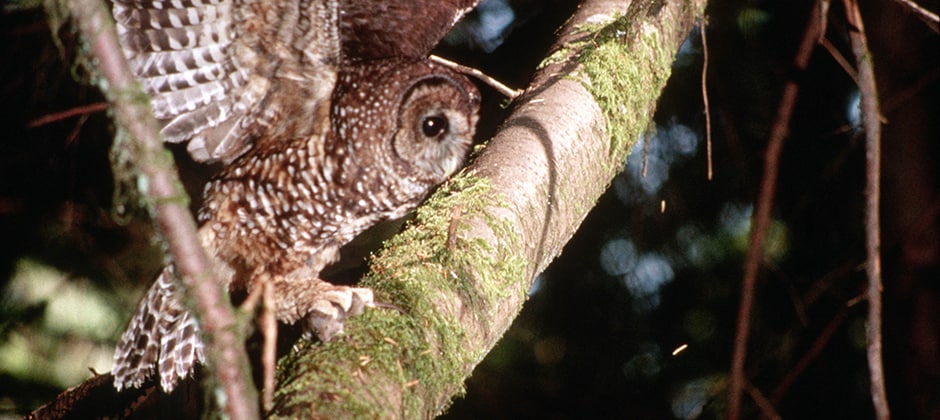
November 4, 2021
TWS2021: Northern spotted owls face extirpation due to barred owls
A large-scale analysis shows that barred owls are the biggest factor impacting northern spotted owls in the Pacific Northwest. Researchers believe some northern spotted owl populations are likely to become...
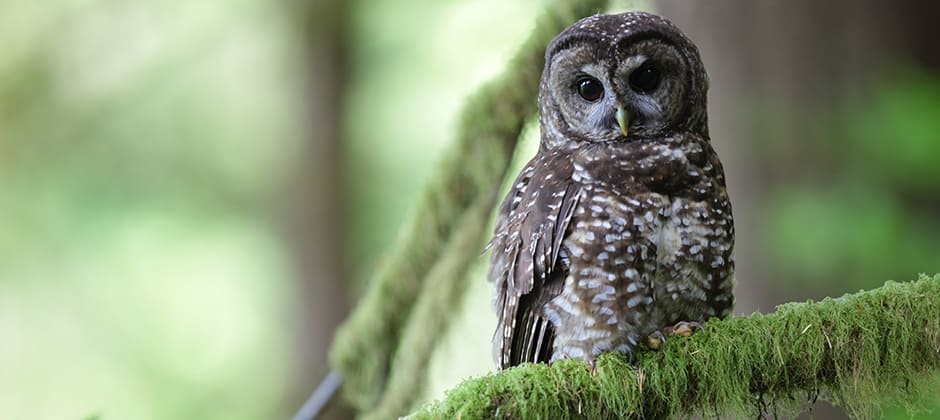
July 30, 2021
Removing barred owls aids northern spotted owl recovery
Throughout the Pacific Northwest, federally threatened northern spotted owls have faced growing competition from invasive barred owls, which have moved into their range. By removing the invaders, researchers found, they...
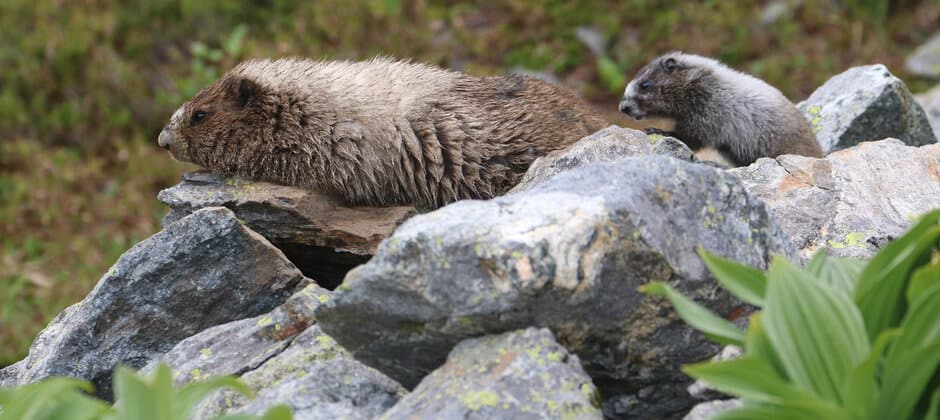
March 2, 2021
Hoary marmots can’t cope with snow droughts
Increasing frequency and length of snow droughts in Washington state may be linked to hoary marmot population declines. “Hoary marmots are one of many subnivean species that may be stressed...

November 25, 2020
Asian giant hornet nest reveals its secrets
When the Washington State Department of Agriculture destroyed a nest of Asian giant hornets last month, they not only gathered up the hundreds of hornets at various life stages from...
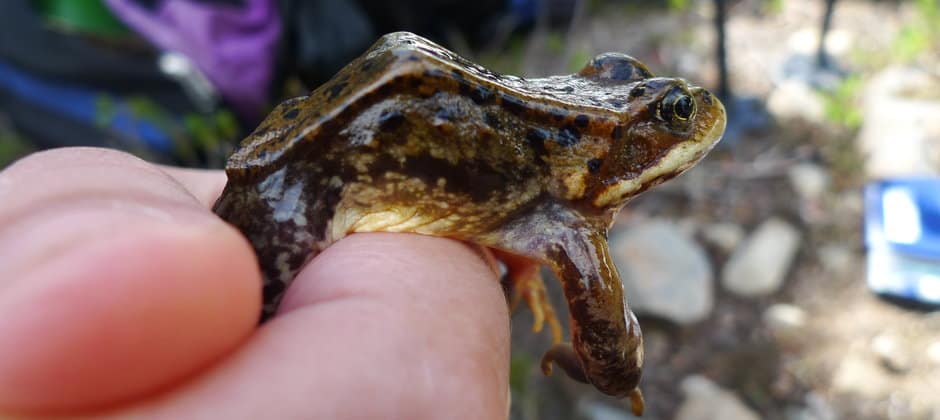
August 10, 2020
Climate change may push Northwest amphibians to the brink
By the 2080s, amphibians may be either too hot or too dehydrated to inhabit the mountains of the Pacific Northwest under projected climate change scenarios. In a study published in...

June 1, 2020
Listening in to help monitor northern spotted owls
By listening to sounds collected from recording devices in the forest, researchers can detect northern spotted owls and invasive barred owls, which can help with monitoring and conservation efforts for...
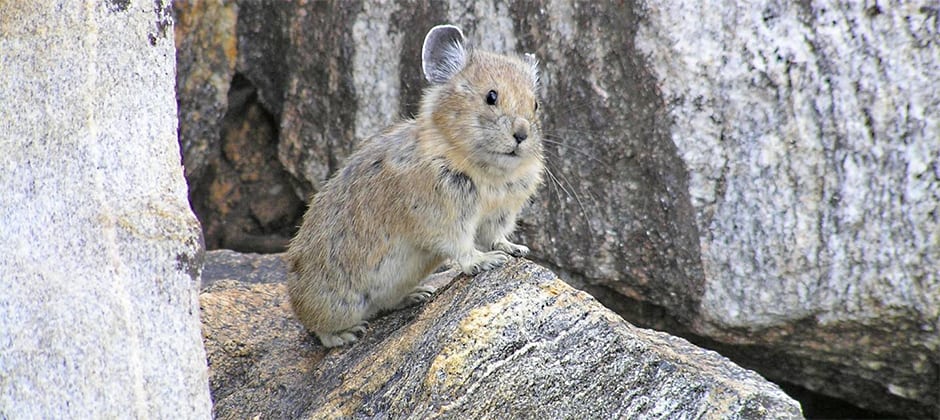
March 5, 2019
For pikas, heat isn’t climate change’s only threat
Throughout much of their range, American pikas (Ochotona princeps) face threats from warming temperatures brought on by climate change. Small mammal that mostly dwell in alpine talus across the West,...
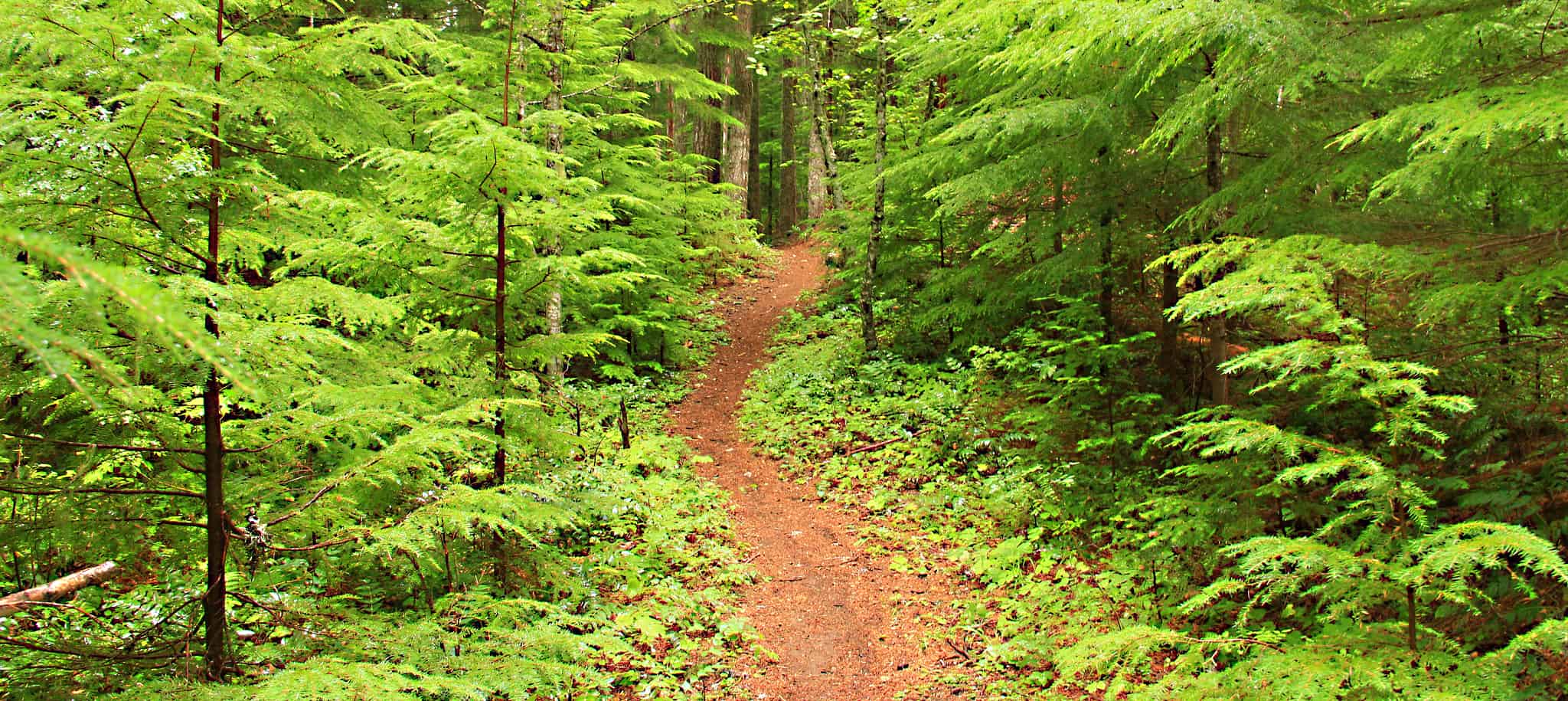
February 22, 2019
25 years after Northwest Forest Plan, birds still declining
In the 25 years since the Northwest Forest Plan was initiated, bird species still are not recovering, researchers found, despite sweeping protections the plan brought to old-growth forests in Washington,...
